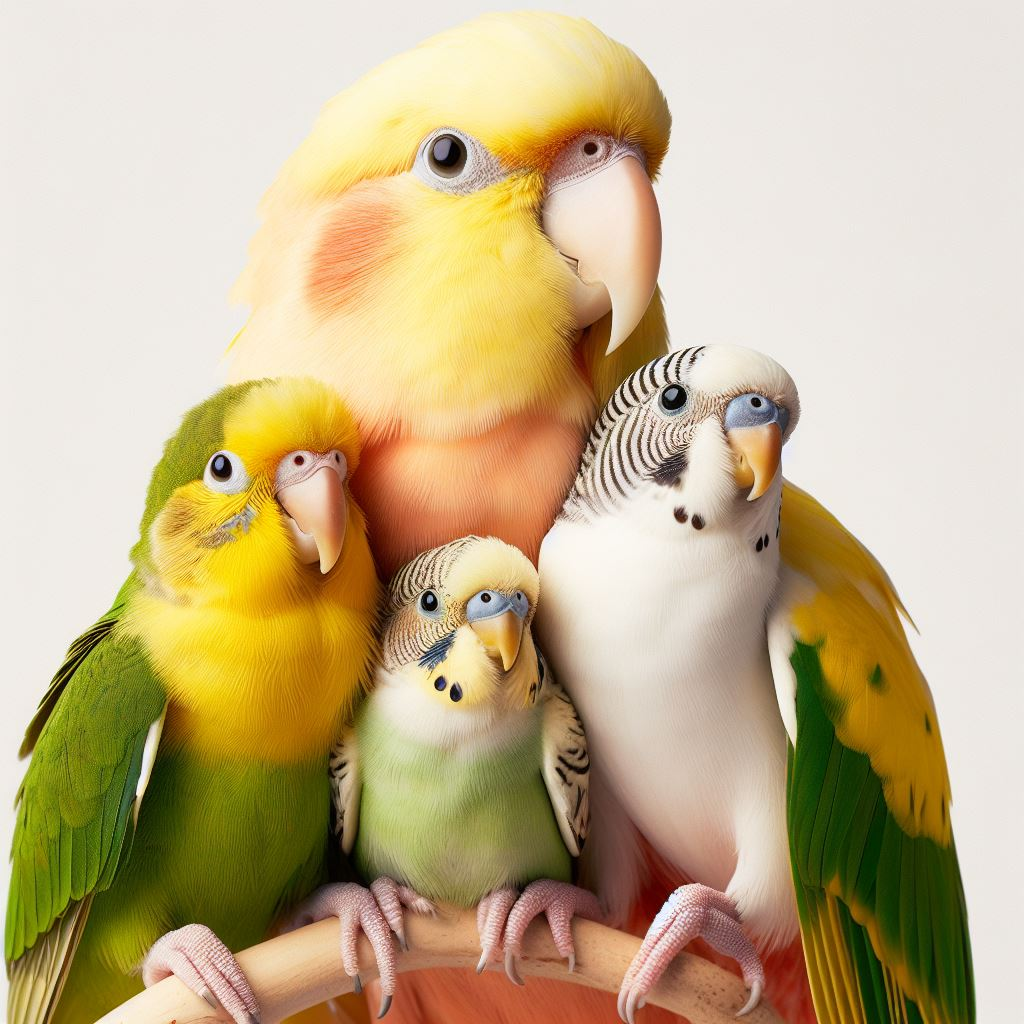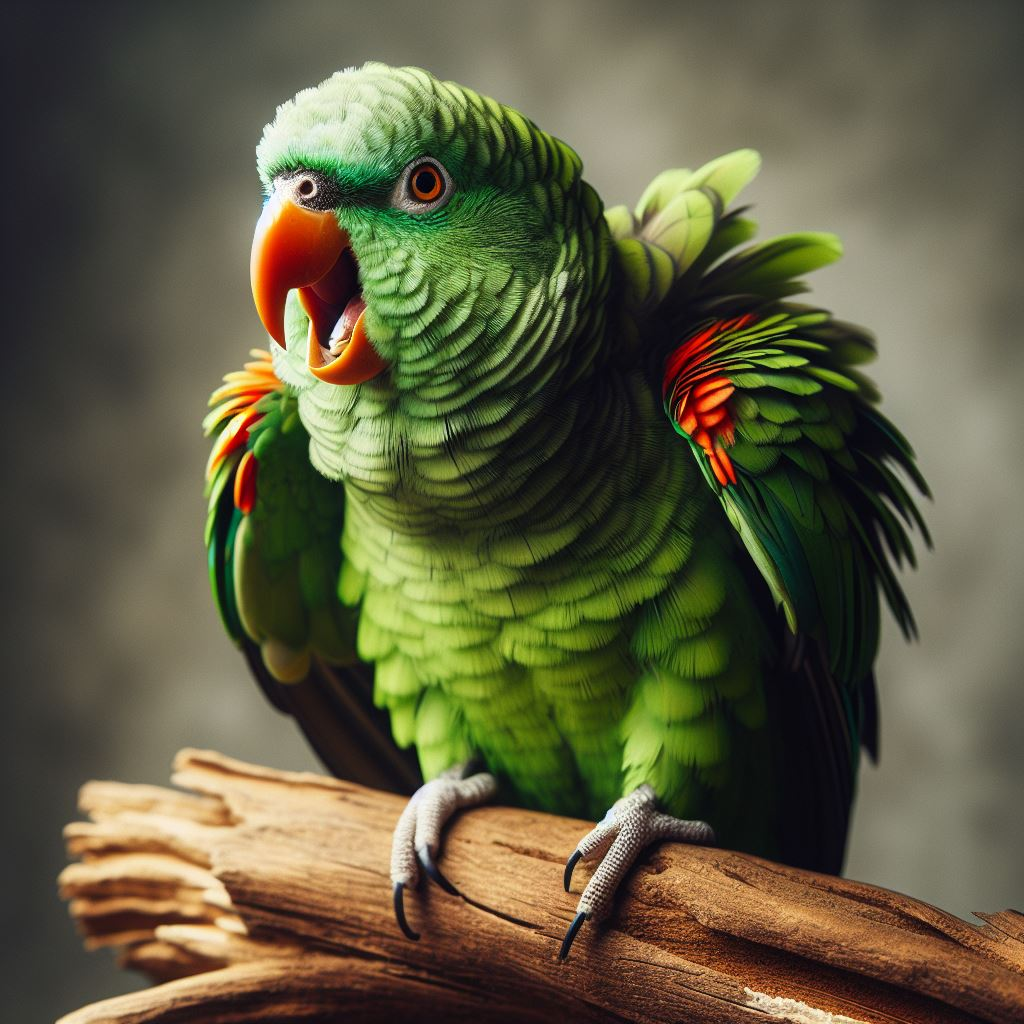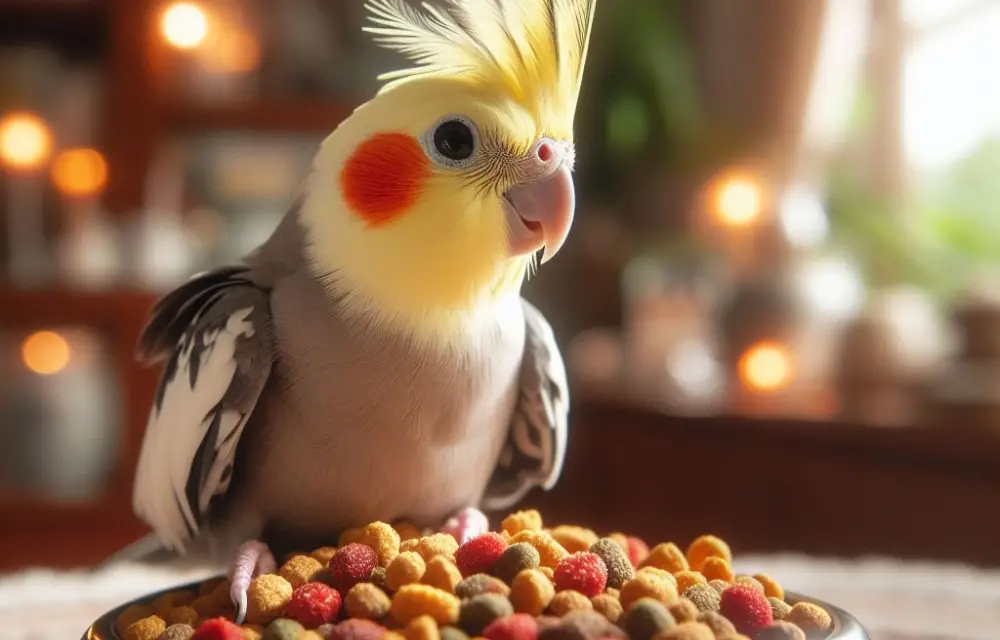As a responsible pet bird owner, ensuring your feathered friend has constant access to fresh, healthy food is one of your top priorities. But when it comes to replenishing your bird’s food dish, how often is enough? Providing food at the right intervals can prevent waste while also keeping your bird satisfied. This article will explore all the factors to consider when determining the ideal bird feeder refill schedule.
How Much Should My Bird Eat Each Day?
The amount your bird should eat per day depends largely on:
Size of Your Bird
Larger bird species and bigger individual birds need more food. For example, a large Macaw might eat 1⁄4 to 1⁄2 cup of pellets per day, while a small Finch only needs 1-2 teaspoons.

Age of Your Bird
Hatchlings and juvenile birds need to eat more frequently to support growth and development. As they mature, healthy adult birds tend to establish set feeding patterns.
Activity Level
More active pets exert more energy and often have better appetites and higher food requirements. Less active birds typically eat less.
Type of Food Offered
Seed and pellet diets, vegetables, fruits, nuts, and protein offerings all get metabolized differently. Providing a balanced combination affects intake needs.
Average Food Intake Guidelines by Bird Type
Consult this table for a general overview of average food volume needs for popular pet bird species to help guide your replenishment schedule:
| Bird Type | Average Food Volume per Day |
|---|---|
| Budgie/Parakeet | 1-2 teaspoons |
| Cockatiel | 2-4 teaspoons |
| Conure | 2-6 tablespoons |
| Amazon parrots | 3-8 tablespoons |
| Macaws | 1⁄4-1⁄2 cup |
Monitor Your Bird’s Eating Patterns
The best way to optimize your bird’s feeder fill-up frequency is to closely observe their normal feeding behaviors.
Track How Much Gets Eaten
Pay attention to how much food gets consumed during different intervals, like between morning and evening. Highlight peak eating times to strategize top-offs.
Look for Changes
Note any deviations from typical intake due to molting, breeding, growth spurts, or illness. Increased appetites mean more frequent replenishments. Refusal to eat signals an issue needing attention.
Remove Waste Daily
Scoop out seed shells, discarded pellets, droppings, and other debris every day to provide an accurate gauge of actual consumption. Accounting for waste ensures you don’t under or overfill.
Consider Supplements
Factor in other food offerings like fruits, veggies and treats when calculating total daily nutrition. Their varied nutrition may decrease main food dish interest.
Signs Your Bird’s Food Dish Needs Refilling
On top of pre-empting depletions through careful tracking, also watch for these tell-tale signs it’s time to top up your bird’s feeder:
Empty Bottom
If you notice the food dish bottom at any point during the day, replenish their feeder as soon as possible. Even short-term empty feeders can distress birds.
Foraging Behaviors
You may catch seed-eating birds digging through empty hulls or pellet-fed pets violently shaking bowls looking for morsels. These food-seeking behaviors signal feeders holding inadequate fuel.
Increased Vocalizations
Listen for excessive chirping, squawking or screaming, especially leading up to scheduled mealtimes. More frequent food-related vocalizing says your bird expects feed.

Agitation
Look for signs of agitation like hyperactivity, feather plucking, aggression or self-mutilation. Irritability often links back to unmet needs like hunger.
Loss of Brightness
Dull, thin or missing feathers can indicate nutritional deficits over time. Replenish food more often to promote good health.
Recommended Refill Frequency Guidelines
Taking into account all the above factors that impact bird feeding patterns, follow these general rules of thumb for replenishment:
In General
Check food and water dishes daily minimum, even if levels appear satisfactory. This allows you to remove soiled debris as needed.
Peak Eating Times
Prioritize refilling feeders first thing in morning when birds naturally feel hungriest. Late afternoon top-offs also align with periods of increased activity.
1-2x Daily
Most average, healthy adult birds eat fairly consistently day-to-day. Expect to refresh feeders at least once, if not twice on typical days.
3-4x Daily
Special populations like growing babies, reproductive birds, high-performance flyers, or underweight pets need more frequent feeder refreshes to fuel higher food drives.
Around the Clock
On occasion, situations like severe illness, hand-feeding, weaning, or rehabilitation may necessitate keeping food continuously available. Monitor closely and refill as soon as levels decline.
Increased Frequency
Temporarily increase replenishment rates during annual events like molting periods, breeding seasons, growth spurts or fledging when food intake predictably spikes.
Ideal Food Volume Per Refill
In addition to refill timing, also aim to provide adequate volumes of food per filling:
Meet Daily Needs
Replenish sufficient amounts to meet average daily nutritional requirements. Offering inadequately-sized portions repeatedly forces birds to feel hungry between fill-ups.
Maximize Convenience
Balance keeping feeders brimming for your pet against minimizing demands on your time. Depending on your schedule, striking an efficient rhythm may mean filling to capacity all at once, or spreading portions throughout the day.
Prevent Waste
Don’t overload dishes with excess food that just gets rained down and discarded. Find your bird’s ideal single-serving amount and adjust portions to reduce waste accumulation.
Account for Preference
Consider your bird’s food preferences when filling dishes to prevent selective eating. For example, layer pellets then sprinkle seed mix over the top to discourage picking through only for favorites.
Proper Food Storage Between Refills
To keep feed fresh between replenishments:
Store Sealed
Keep all food products sealed in original airtight, pest and moisture-proof packaging if not being actively used. Open bags allow staleness and contamination.
Refrigerate When Possible
For maximum longevity, move perishable bird food like produce, nuts, herbs/sprouts and any moist offerings into the refrigerator to slow spoilage.
Maintain Cool & Dark Conditions
Choose cool, dark storage areas away from windows, appliances or exterior walls subject to higher temperatures or brighter light which speed spoilage.
Clean Storage Containers
Ensure food storage cans/bins stay clean through regular scrubbing to prevent mold, bacteria and yeast overgrowth which quickly degrade feed quality.
First In, First Out
Adhere to “First In, First Out” principles when refilling feeders. Transfer older inventory into active circulation before freshly purchased products to use closest sell-by dates first.
Compost Past-Prime Foods
Discard and compost any expired, rotten produce or feed gone bad. Serving spoiled foods risks serious health issues. Erring on the side of caution protects your pet.
Adjusting Your Replenishment Schedule Over Time
Since many factors impact avian feeding behaviors, remain flexible and willing to tweak your refill regimen:
More/Less Frequent
Increase fill-up rates if you observe empty dishes or increased hunger behaviors indicating a need for more food volume per day. Decrease rates if you consistently throw out excess wasted food.
Developmental Changes
Keep adjusting feeder fill rates as young pets grow needing varying nutritional inputs. What satisfied a hatchling differs greatly from an adult bird’s needs.
Health Changes
Ramp up replenishment rates if dealing with an injury, infection, chronic illness or disease recovery calling for boosted nutrition and calories. Scale back during periods of weight management.
Seasonal Changes
Fluctuate refresh timing across annual cycles like peak breeding, fledging, and molting times when energetics and body processes spike or crash. What offers adequate fuel differs seasonally.
Conclusion
Finding the perfect bird feeder refill schedule takes some finesse and paying attention to your pet’s unique needs. Expect to tweak fill intervals, portion sizes and storage methods over their lifetime. Stay keenly aware of subtle signs that signal it’s time to refresh food. Your feathered sidekick will reward you with excellent, ever-evolving health.
FAQ
Should bird food be left out all day?
Ideally, replenish dishes sufficiently in morning, afternoon and evening without needing 24/7 access. Monitor consumption and fill in gaps only as required to support healthy eating patterns. Continuous feeding risks overconsumption and obesity.
How long can bird food sit out?
If kept in climate controlled settings away from moisture, heat and direct
sunlight, dry food mixes can safely sit in clean feeders for 24 hours before replacing. Discard any perishables like produce after a single day to prevent spoilage.
Can birds eat leftovers or spoiled food?
Never serve people food leftovers, expired items from the pantry, or anything rotten or moldy. Birds lack enzymes needed to digest salts, oils and seasonings and lack strong immune systems to fight food poisoning.
Should I wash my bird’s food dish every day?
Thoroughly washing and disinfecting feeders daily removes built-up debris that can harbor dangerous bacteria. Skip a day and leftover waste starts decomposing while pathogens multiply. Always provide pristine dining settings.
Can birds share food dishes?
While communal feeders minimize costs for shelters, aviaries or breeders, they risk rapidly spreading infections. In home settings, avoid sharing dishes between separate cages. However, humanely bonded pairs or flocks that cohabitate well can safely eat together.
What are signs my bird is not eating enough?
Underfed birds may appear lethargic, irritable, underweight or show dulled feathers. Increased food-seeking behaviors, louder vocalizations around mealtimes or aggressive resource guarding also signal inadequate nutrition. Immediately increase food availability and veterinary oversight.
I hope this continuation helps complete a thorough, high-quality article on pet bird feeder replenishment best practices. Please let me know if you need any other additions or clarifications!
Want more information on pet bird care? Please check out How Much Daily Water Does a Pet Bird Need?

My name is Shane Warren, the author behind Your Bird Buddy – your ultimate guide to the wonderful world of birds! Unleash your inner avian explorer as we delve into a vibrant library of knowledge dedicated to all things feathered. From learning about diverse bird species from across the globe to understanding their captivating habitats and behaviors, I’m here to fuel your passion for these magnificent creatures. Not only that, but I also provide valuable insights on being a responsible and informed pet bird owner. Join our vibrant community and let’s celebrate the feathered wonders of the world together – one chirp at a time. And be sure to join our Your Bird Buddy Community over on Facebook!


Comments are closed